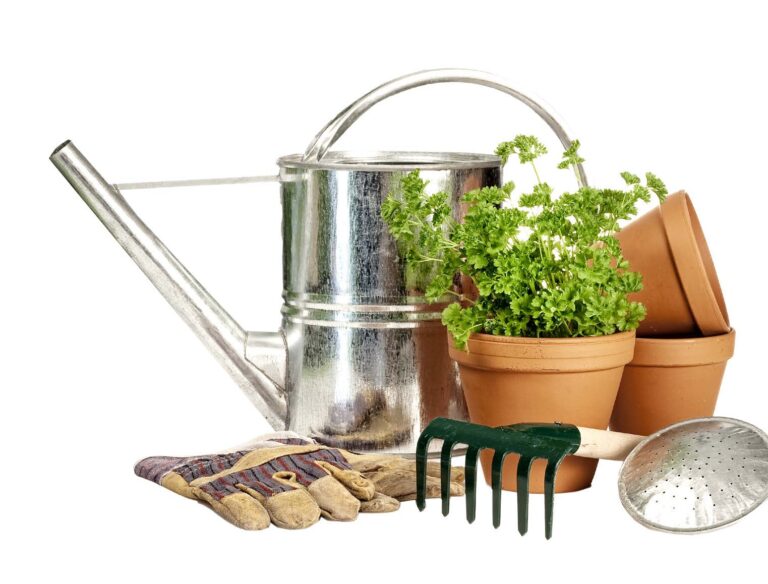Summer is a tricky time for our gardens. They need extra water, but it’s scarce. They need shade, but with an average of eight or nine hours of sunshine daily, that is at a premium too. And then there’s hurricanes.
Eugene O’Connor, co-owner of Bermuda Green Thumb, explained how to protect what you already have, what you can grow in July and August, and warned that brown grass might not be the weather’s fault.
“Plants love light, they do not like heat. Heat is the only thing you are going to have to protect them from,” he emphasised, and in order to do that, he advised shade, compost, mulch or ground cover plants.
“Shade is the key. A lot of people come in looking for shade cloths or are erecting shade canopies,” he said. “Keeping things from drying out is going to be compost with mulch. Mulch retains moisture and ground cover plants also help retain moisture.” By retaining moisture, you are not having to use as much water.
Ground cover plants that work well include cucumbers, because they are a vine and are still harvestable when lying on top of mulch, alyssum and African trailing daisies: “Anything that slightly comes off the ground that is going to cascade shade is going to help retain moisture,” he said.
Where trees or plants are larger and more established, you don’t need to worry so much. Your priority should be protecting vegetables, seedlings and younger plants. In fact, one way to create long-term shade, he suggested, is to plant a tree or two in your garden.
If you choose to lay down mulch, Mr O’Connor recommended a three-inch thickness. This will also deter weeds.
For edible summer planting, herbs, lose leaf lettuces, peppers, tomatoes, watermelons, squash, beans and cantaloupe can all be planted during July, and in August you can add broccoli, brussels sprouts, cabbage, carrots, kale leeks, mustard greens and radishes. Just make sure they are well watered:
“They will need a heavy, deep, soak in order to keep going,” said Mr O’Connor. “One heavy deep soak in the morning should be enough, but that depends how deep the soil is. Plants talk to people. If the plant is droopy, it needs something to perk it up. Usually, a nice drink tends to do it.”
He also advised using an organic compost as fertiliser, adding: “you don’t want to fertilise too much in the heat,” and for pest control, particularly on edible plants, he recommended Espoma products, which use Neem oil as the main ingredient. Because it is oil, however, it can ‘cook’ in the sun so needs to be applied in the evening or on overcast days and rinsed off after a few hours. Alternatively, you can use Pyrethrin.
If your grass has gone brown, that may be because of chinch bugs and for those, you need a product called Triazicide.
Container gardening is also becoming increasingly popular, particularly among those with back issues, because you can grow higher up. You can even get raised beds on wheels, which are easy to manoeuvre when a hurricane is looming.
On the subject of hurricanes, the most important thing to do, advised Mr O’Connor, is to protect the plant’s root system. Hurricane resistant wind breakers can help do this. It is also important to prune back established trees and plants:
“[They] will get absolutely shredded, but if the plant root system stays intact, it will bounce back. Within weeks, new growth develops.” To help with the new growth, he said it’s vital to rinse off the salt spray once the wind has dissipated.

